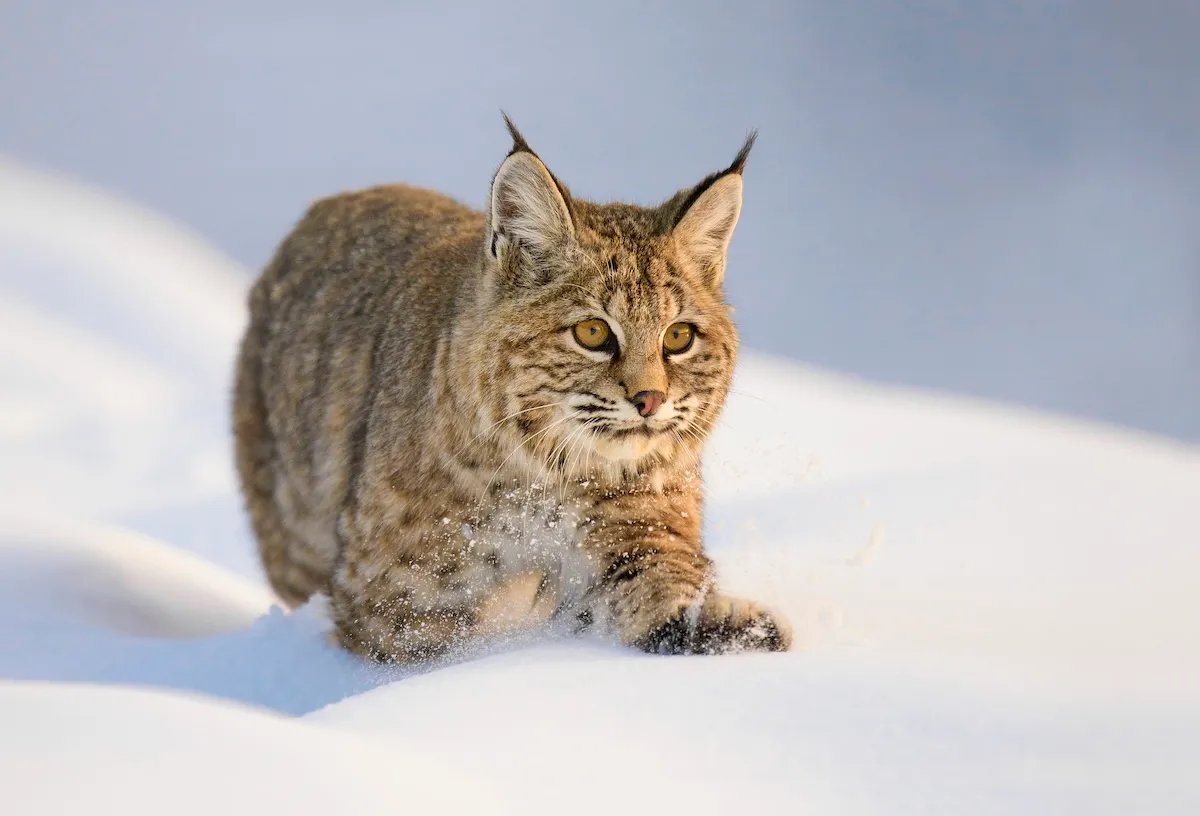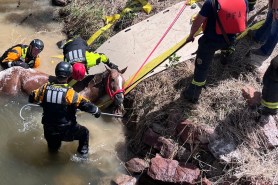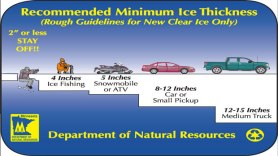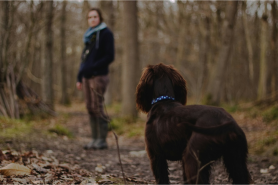

If you end up lost in the jungle, the good news is that you are surrounded by potential sources of food.
Videos by Outdoors
Although we’ve all seen Bear eating things like rodents and birds in his TV shows like Running Wild and Man Vs. Wild, he says that hunting things like birds, rodents and monkeys should not be your first thought.
“They will be difficult to catch and you will expend a lot of energy and time making snares and traps,” he says in Born Survivor.

A few ground rules
Bear’s advice is to use your energy seeking food sources that are easier to find—such as plants, insects and possibly fish.
As when you are finding food in the mountains, many fruits, nuts, seeds, roots, leaves and stems are good sources of nutrition in the jungle. They can be harvested from the ground without the need to climb trees—just make sure to scrape away anything that is rotting, or insects.
“While plants alone will not provide a balanced diet of proteins and carbohydrates, they will sustain you in the short term,” says Bear.
Unless you are 100 percent confident in your plant-identification skills, check first that any plant is safe to eat. Bear also recommends you skip mushrooms entirely—they’re way too risky if you misidentify them.
Finally, don’t pick more fruit than you need from a tree; food spoils rapidly in the jungle environment. Leave it on the plant until you need it.

Possible plants to nosh on
In the rainforest, most fruit will grow high up in the canopy, but some grows lower down or will have fallen—you may have more luck looking along the banks of rivers or streams.
For safety, stick to palms, bamboos and common fruits to start. You can also watch what monkeys or other creatures are eating, but be aware that your stomach is different, so doing a food safety test is still wise before you dig in.
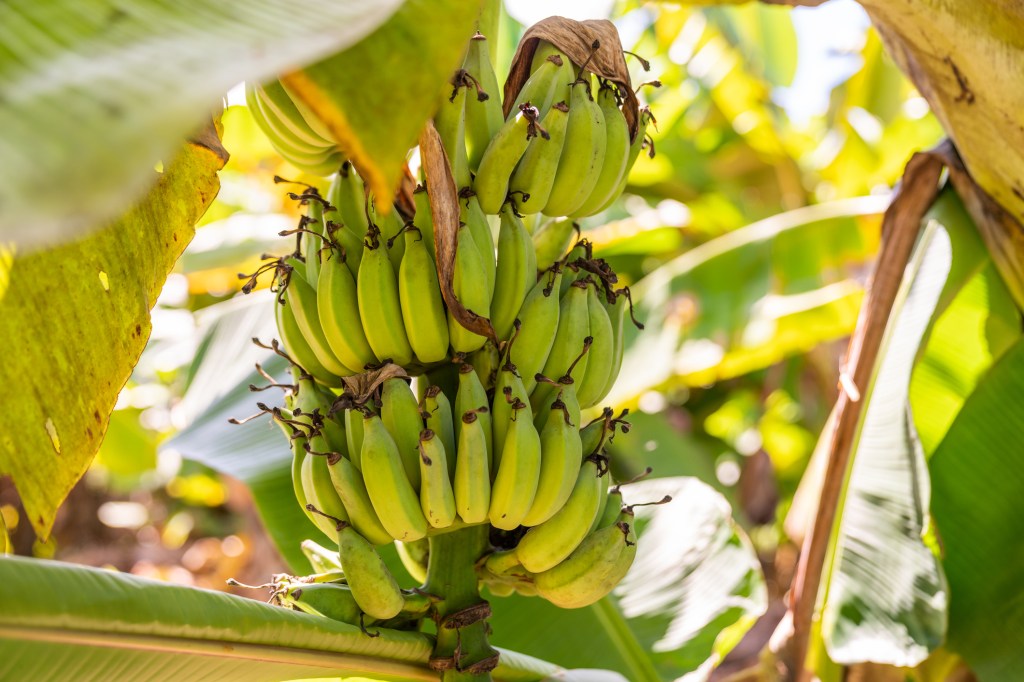
Some of Bear’s favorite jungle plants include:
Bananas and plantains: These grow all over the tropics and the trees are up to 30 feet tall. As well as the fruits, you can eat the buds, young stems and inner parts.
Palm trees: Most parts of the palm tree are edible, including the fruit, flowers and trunk meat. “Cooking almost always improves the taste,” says Bear. “In the jungles of Costa Rica, I often ate the soft center of Panama hat palms. You can also eat the meat of a coconut, whether it comes from a green, unripe or mature nut.
Rattan palms: These look like vines. You can cut them and haul them down to ground level. Take the outer covering off the end stems and cut them into lengths, which you can then roast.
Breadfruit: These are sometimes grown as house plants. The fruit is rich in starch. It can be eaten raw once the skin has been taken off.
Bamboos: New bamboo shoots are very nutritious (“just ask any Panda,” says Bear) but you can only digest them properly after they are boiled.
Figs: There are many varieties of these in tropical and subtropical forests. The trees look scraggly and have aerial roots with evergreen leaves around the base that look leathery. The fruits are pear-shaped and are edible raw.

Bugs worth their ick factor
No one relishes the idea of dining on insects—except, maybe, Bear Grylls. Some of his jungle favorites include:
Palm grubs: These large white grubs have ‘bloated’ bodies and look a little like giant maggots. You will find them in the rotten bark of fallen trees like sago palms and other palm types. “They are a delicacy for many indigenous peoples,” says Bear. “I will never forget the first time I bit into one—oozing pus, it was the size of a small apple!”
To take the grubs out, cut into soft palm wood. You can eat them raw or cooked. They are nutritious, easily digested and a good source of protein. Once you’ve eaten some, take some more to use as bait to catch freshwater fish.
Termites: “Weight for weight, termites are a better source of nutrition than vegetables,” says Bear—and they’re a better source of protein than fish or beef. They taste a little like nutmeg, so if you stumble upon a termite mound, don’t pass it up. They are smaller, so easier (and less disgusting) to eat than grubs.
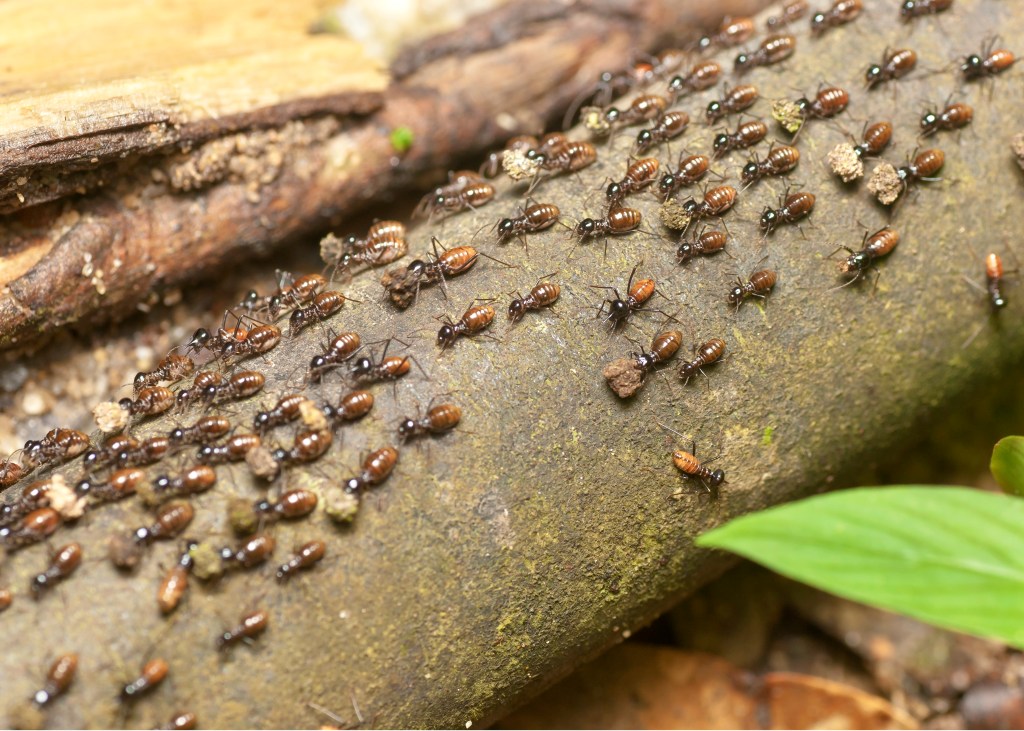
Extra effort: Fish
Many of the techniques for how to catch freshwater fish are the same in the jungle as they are in the mountains.
“The way I have caught fish in the jungle is to lash my knife to a length of wood, make a burning torch with bark fibers soaked in the flammable resin from a meranti tree, then try to spear sleeping fish by night,” says Bear.
He says that at night, crayfish and other fish lie facing upstream and resting, in the shallows of rivers. If you use the flaming torch to spot them in shallows around 10 inches deep, you can strike them hard with a large blade, such as a machete, and they will float to the surface.
More from Bear Grylls:
- How to Make a Toothbrush in the Wild
- Driving in the Snow
- How to Build Shelter in a Forest
- How to Survive Sub-Zero Temperatures
- What to do If You’re Bitten by a Snake
- How to Navigate Without a Compass
- How to Deal with Injuries in Survival Situations
- How to Find Water in the Mountains
- Making Shelter in the Snow
- Priorities of Survival
- How Bear Grylls Lights a Fire

